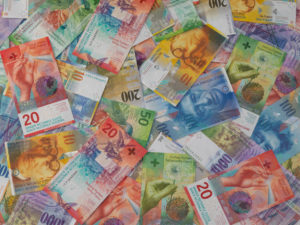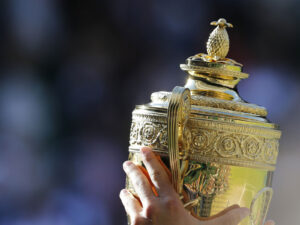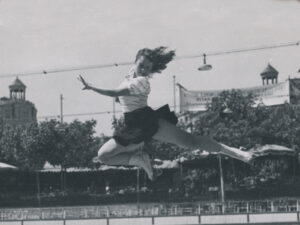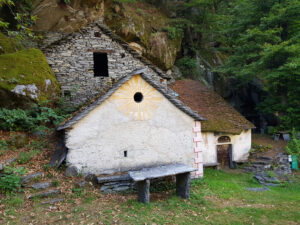
Swiss National Bank
Counterfeit money today – not a thriving business in Switzerland
For centuries, counterfeiters worked painstakingly with skill and craft to copy coins. These days, they just tend to use a colour printer. The Federal Office of Police (fedpol) reports on the less glamorous world of money counterfeiting today.
Anyone with Swiss banknotes in their wallet assumes that they are genuine. And rightly so. In comparison with other countries, counterfeit money is very rarely found in circulation in Switzerland. In 2016, a total of 4 to 5 million francs were seized in various currencies – Swiss francs accounted for around half a million. It doesn’t take long to work out why. Swiss banknotes are produced to the highest quality according to the latest knowledge to ensure their security. Counterfeit notes can be identified as such with the naked eye using various security features (see box).
And yet, there are still fake Swiss banknotes around. They pop up wherever there is cash in circulation, such as at major retailers, petrol stations, kiosks and the post office. The counterfeiters have no aspirations of achieving perfection. To get a note into circulation, it simply has to be a rough match for a genuine one. Anyone who receives a blue note does not tend to look at it closely and take the few seconds that it would require to recognise that it looks and feels fake. Even a note only printed on one side has ended up in circulation in the past!
Look closely!
Counterfeit banknotes are the short straw. If you end up with one, there is nowhere that you can exchange it for a genuine one. And you can’t pass it on as then you are committing a punishable offence. Recognising real banknotes is the best protection. Take a quick look at the notes you receive. If you are buying foreign currencies at home and abroad, only buy from banks or official exchange offices. And if you still discover a suspect note in your wallet, go to the police or a bank. If you think you might know where the counterfeit money has come from, report this to the police.
The police, banks, post office and other institutions will pass any banknotes and coins that are obviously fake or presumed to be fake on to the federal police. The relevant department at the Federal Office of Police (fedpol) will check the money and register it, if necessary. The corresponding proceedings will be initiated under the auspices of the Attorney General’s Office, occasionally also in consultation with cantons and foreign agencies at Interpol. The success rate is high. Active counterfeiters in Switzerland are almost always traced.
A counterfeit money expert explains how to spot a fake banknote (in German).
SRF
As a craft it has had its day
What do typical counterfeiters look like? – They don’t exist! Counterfeiters are of any age and every social class: an elderly garage owner bored with his job, a teenager wanting to experiment or a cash-strapped man in his mid-thirties involved in the drug scene. Whereas until the middle of the 1990s counterfeiters still needed to have knowledge and craftsmanship for printing copper plates and modifying irons, for example, these days all you need to do is press a button. Colour inkjet printers have got better and better in recent years, and usually ordinary paper is also used for fake money. Now there are already colour printers which recognise money and do not accept it. In short, the “art of counterfeiting” is long gone.
Leading the world
On its website the Swiss National Bank lists all the security features in the current 8th and 9th banknote series. There are 13 on the new fifty francs note. They range from the “globe test”, where you have to tilt the note from left to right to move a golden arc over the globe, to infrared-absorbing elements, which are detected using a suitable camera. The manufacture of the new note was delayed initially because the conventional machines did not satisfy the innovative security criteria. Incidentally, the production of the euro banknote is currently at the same security level as Swiss banknotes were at 15 years ago.
The design and security features of the new banknote series.
SNB / YouTube



